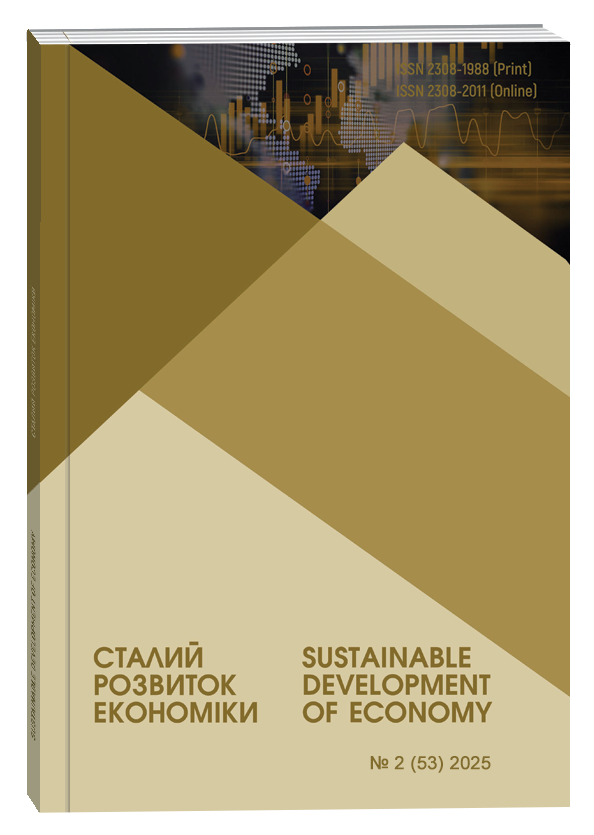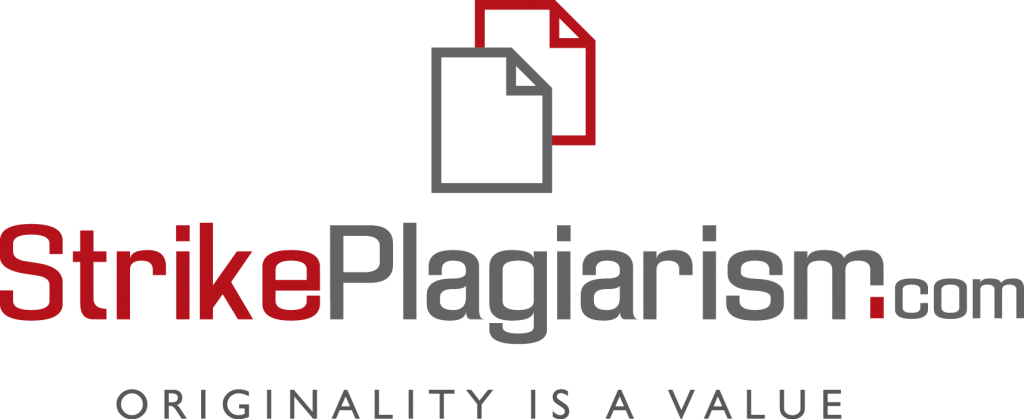МЕТОДИЧНИЙ ПІДХІД ДО ОЦІНКИ РІВНЯ СТАЛОГО РОЗВИТКУ ГАЛУЗІ ЗАЛІЗОРУДНОЇ СИРОВИНИ
Анотація
У статті розглянуто методологічні підходи до оцінки сталого розвитку галузі залізорудної сировини з урахуванням сучасних викликів і концептуальних засад сталого розвитку. Запропоновано алгоритм розрахунку інтегральної оцінки, що включає збір і нормалізацію даних, розрахунок комплексних показників за ключовими підсистемами та визначення інтегрального показника. На основі отриманих результатів проведено розподіл рівнів інтегральної оцінки сталого розвитку галузі та розроблено інтерпретацію для кожного рівня. Здійснено аналіз динаміки інтегрального показника для галузі залізорудної сировини України у 2018-2023 роках. Виявлено основні тенденції, проблеми та визначено пріоритетні напрями вдосконалення управління галуззю. Методика оцінки може бути використана для моніторингу сталого розвитку в галузі, а також для розробки стратегій сталого розвитку на національному та регіональному рівнях.
Посилання
Bansal P. Evolving sustainably: A longitudinal study of corporate sustainable development. Strategic management journal. 2005. No. 26(3), P. 197-218.
Cohen B., Winn M.I. Market imperfections, opportunity and sustainable entrepreneurship. Journal of business venturing. 2000. No. 22(1), P. 29-49.
Yellishetty M., Werner T.T., Weng Z. Iron ore in Australia and the world: Resources, production, sustainability, and future prospects. In Iron Ore. 2022. Pp. 711-750.
Alves W., Ferreira P.V., Araújo M. Sustainability assessment of the mining sector in Brazil. In 24th World Mining Congress. 2016. Pp. 439-451.
Сергєєв В.В., Копач П.І. Основні шляхи досягнення цілей сталого розвитку гірничо-металургійних регіонів. Екологія і природокористування. 2013. Вип. 16. С. 167-180.
Yu L., Pan Y., & Wu Y. Research on data normalization methods in multi-attribute evaluation. In 2009 International conference on computational intelligence and software engineering. 2009. Pp. 1-5.
Liu L., Hsu H. Inversion and normalization of time-frequency transform. International conference on multimedia technology. 2011. Pp. 2164-2168.
Schwab B., JanzenS., Magnan N.P., Thompson W.M. Constructing a summary index using the standardized inverse-covariance weighted average of indicators. The Stata Journal. 2020. No. 20(4), Pp. 952-964.
Bansal P. (2005). Evolving sustainably: A longitudinal study of corporate sustainable development. Strategic management journal, no. 26(3), pp. 197-218.
Cohen B., & Winn M. I. (2007). Market imperfections, opportunity and sustainable entrepreneurship. Journal of business venturing, no. 22(1), pp. 29-49.
Yellishetty M., Werner T. T., & Weng Z. (2022). Iron ore in Australia and the world: Resources, production, sustainability, and future prospects. In Iron Ore (pp. 711-750). Woodhead Publishing.
Alves W., Ferreira P. V., & Araújo M. (2016). Sustainability assessment of the mining sector in Brazil. In 24th World Mining Congress (pp. 439-451). Rio de Janeiro: World Mining Congress.
Serhieiev V. V., Kopach P. I. (2013) Osnovni shliakhy dosiahnennia tsilei staloho rozvytku hirnycho-metalurhiinykh rehioniv [Main ways to achieve the goals of sustainable development of mining and metallurgical regions]. Ekolohiia i pryrodokorystuvannia – Ecology and nature management. vol. 16. pp. 167-180. (in Ukrainian)
Yu L., Pan Y., & Wu Y. (2009). Research on data normalization methods in multi-attribute evaluation. In 2009 International conference on computational intelligence and software engineering (pp. 1-5). IEEE.
Liu L., & Hsu H. (2011, July). Inversion and normalization of time-frequency transform. In 2011 international conference on multimedia technology (pp. 2164-2168). IEEE.
Schwab B., Janzen S., Magnan N.P., & Thompson W.M. (2020). Constructing a summary index using the standardized inverse-covariance weighted average of indicators. The Stata Journal, no. 20(4), pp. 952-964.


